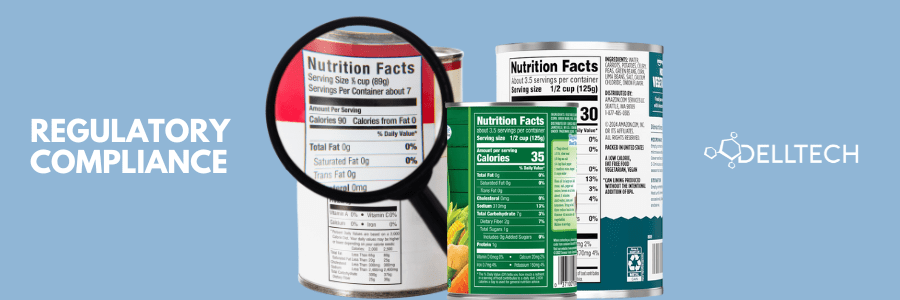By: Joanna Chudyk, SENIOR REGULATORY AFFAIRS SPECIALIST, email
On June 19, 2024, the Biocide Regulations were officially published in Gazette II, introducing new requirements for surface disinfectants and both food contact and non-food contact sanitizers. These regulations will affect the following product categories:
- Disinfectants and Disinfectant-Sanitizers: Products with a Drug Identification Number (DIN) under the Food and Drug Regulations (FDR).
- Sanitizers Registered as Pesticides: Products used on non-living and non-liquid surfaces with a Pesticide Control Product (PCP) number, regulated under the Pest Control Products Regulations (PCPR).
- Food Premise Surface Sanitizers: Products that previously did not require pre-registration.
This comprises most disinfectants and sanitizers for use on hard or soft non‑living and non‑liquid surfaces, including those used in premises where food is manufactured, prepared and stored, for disinfecting and sanitizing surfaces that may come into contact with food.
Key Aspects of the New Regulation
- A modern authorization and regulatory framework with tailored safety, efficacy, and quality requirements for biocides.
- Continuous post-market oversight of a biocide’s benefits and risks.
- A pathway for authorization based on decisions from other regulators, starting with the U.S. Environmental Protection Agency.
Products Excluded from the New Biocide Regulations
- Sanitizers that do not meet the definition of a drug under the FDA (including algaecides, slimicides, material preservatives, and products for odor control).
- Sanitizers and disinfectants that meet the definition of a drug but are for use in air or water (including pool and spa disinfectants, water sanitizers, and air sanitizers).
- High-level disinfectant and sterilant solutions regulated as medical devices, and contact lens disinfectants.
- Disinfectants and surface sanitizers exclusively for use directly on the surface of food, drugs with antimicrobial activity for use on humans or animals, and cleaners.
Transition Period
The Transition Implementation period extends until May 31, 2029, with a mandatory registration deadline for food contact surface sanitizers by May 31, 2031. This process includes submitting efficacy data to substantiate any claims regarding these products. It is crucial to initiate preparations now to avoid delays in testing, as laboratories are anticipated to experience backlogs, and to ensure a seamless transition.
Dell Tech is dedicated to facilitating your compliance journey. We offer expert consultations to discuss your products and develop an optimal timeline for transitions or registrations. Our team will guide you through the regulatory compliance process, including providing comprehensive details on the associated costs. Please contact us to schedule a meeting and ensure your products meet the new regulatory requirements efficiently.
Looking to master compliance under the new Biocides Regulations?
Build confidence with expert-led training at the Dell Tech Academy—designed to guide you through registration milestones, efficacy data submission, and timeline planning with ease.
Explore our Academy courses here
Dell Tech has provided professional, confidential consulting services to the specialty chemical
industry in Canada, the USA, Europe, and Asia for the last 40 years.
[INSERT_ELEMENTOR id=5705]





